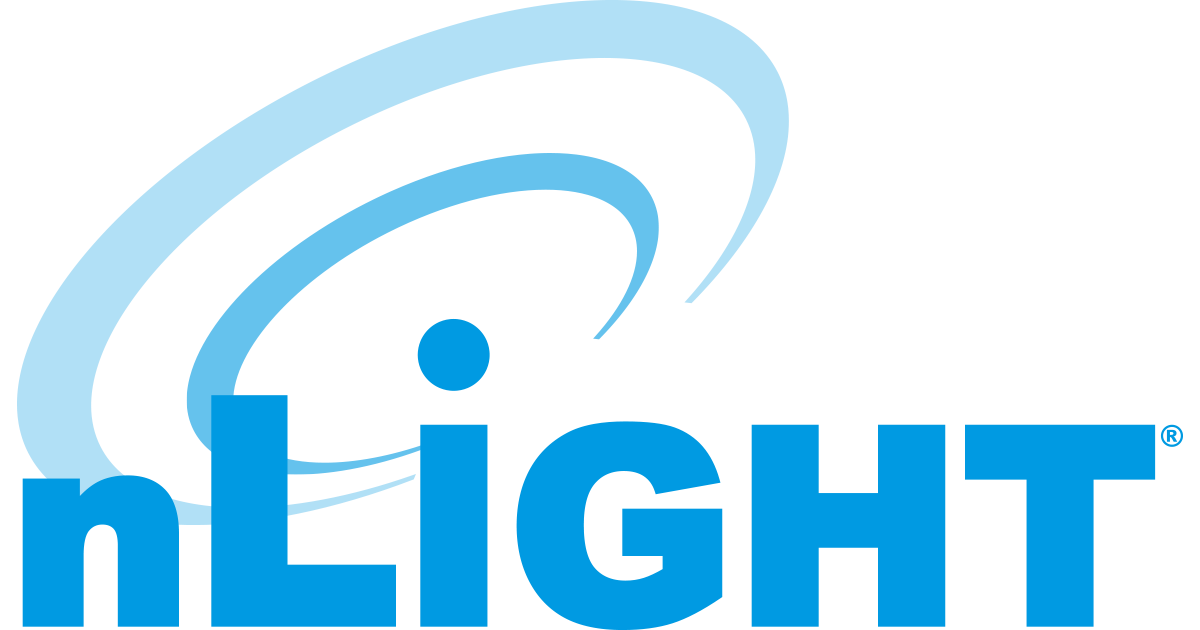This article by Michael Shulman, Principal Engineer, Lighting for UL, describes how the changing lighting control landscape presents new challenges for emergency lighting control.
The article begins:
The evolving digital lighting landscape presents many opportunities for enhanced system-level controls and automation intended to better manage energy consumption and improve the work and living conditions of building occupants. These advances have triggered the need to adjust codes and standards to ensure essential safety features are not compromised by expanded functionality and complexity. Among the considerations are the expected knowledge and diligence of those responsible for installing and maintaining these products where their action — or lack thereof — can compromise the safety of the building occupants.
Click here to check it out.


























Comments on this entry are closed.
I find Michael’s comments both enlightening and frustrating. I have been addressing this issue in my design work since 2007 when I first used networked lighting controls. I agree with him that this must be taken extremely seriously and it will require a combination of new standards, new codes and new practices. But I cannot agree that the building owner, manager and/or engineer must play an integral part. A recent study of newly constructed GSA buildings with state of the art networked lighting controls determined that most of the lighting control systems’ features were not operable because the building manager/engineer did not have sufficient expertise to program and manage them. This is no surprise, just like finding HVAC systems with unserviced filters.
Get this in perspective: with modern lighting codes and LED technology, lighting can be designed in buildings at 0.35 w/sf, providing at least 300 lux in most activity spaces and 100 lux in circulation areas. Emergency lighting only needs to generate a minimum of 10 lux, which translates into average light levels of 40 lux to essentially meet IBC 1008 for egress under normal power conditions. Assuming equal photometric efficiency of lighting systems for both normal and normal power egress lighting, then the connected load of egress lighting is (40/300) = 13.3% x 0.35 w/sf = .047 w/sf; if operated 8760 hours per year, the egress lighting load will consume about 0.4 kWh/sf/year. At the domestic average rate of $0.12/kWh, the cost of egress lighting will be all of 5 CENTS per sf per year. This begs the honest question of why would egress lighting ever be extinguished? The old argument about lamp life no longer exists. So for goodness sakes, let’s leave ALL egress lighting ON ALL THE TIME!!!!
Emergency egress lighting – that requiring an alternative power source – is required to have about 1/10 the light levels of egress lighting. That means 1/2 CENT per sf per year. When one weighs the downside risking person injury or death, we need to design emergency egress lighting that is NOT connected to any so-called “smart” system at all.
I believe that the IoT and Smart Buildings communities potentially offer promise, but if we are smart, we will keep egress and emergency egress lighting DUMB and OFF these systems so that we can be sure that the egress lighting will operate when needed. Moreover, I believe that there is a future of distributed emergency lighting where luminaires have on-board batteries that permit their operation at perhaps 5 or 10% light for 90 minutes whenever normal power fails. The power level could even be lower – perhaps as low as 3% – if every luminaire was so equipped. Maybe this is the solution; let 97% of the light respond to whatever control feature you want, but never let the light level drop below emergency egress levels no matter what (certain space types excepted). .
A typo:
Emergency lighting only needs to generate a minimum of 10 lux, which translates into average light levels of 40 lux to essentially meet IBC 1008 for egress under normal power conditions.
SHOULD READ Egress lighting only needs….